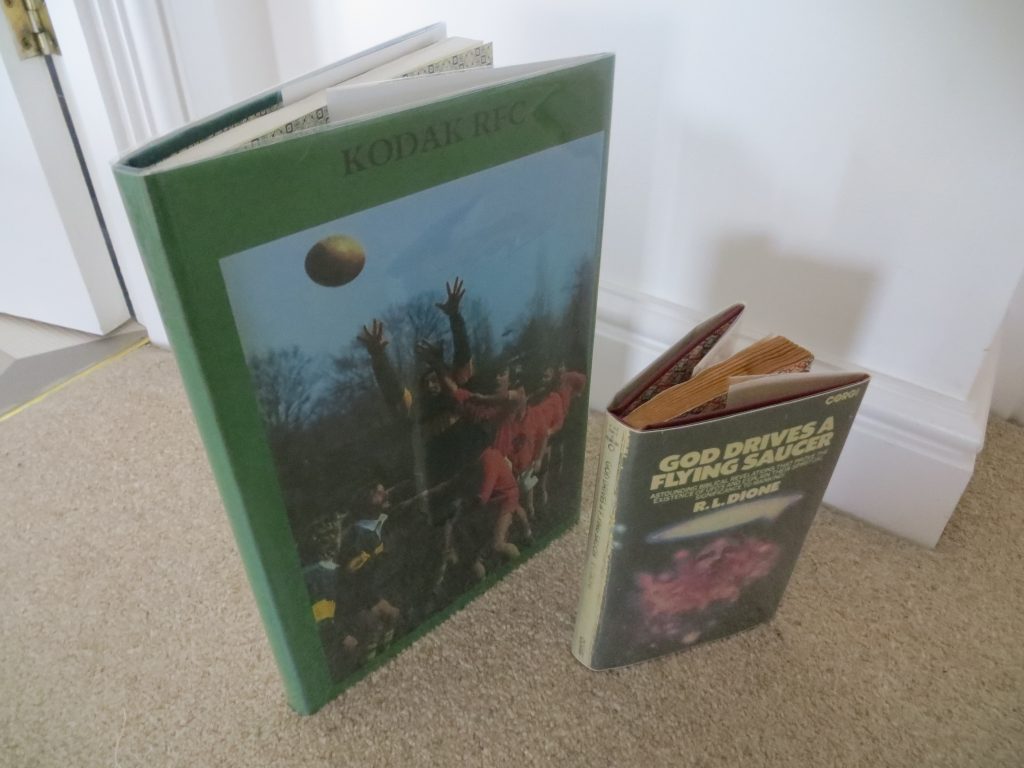I have a bookcase of hardbacks interspersed with the odd paperback. When I started bookbinding last year I decided to turn the paperbacks into hardbacks (something I’d done as a school librarian many years ago). The first one turned out quite well: it was a Pan paperback and I photographed the cover after I had removed it so that I could print out a dust jacket for it.
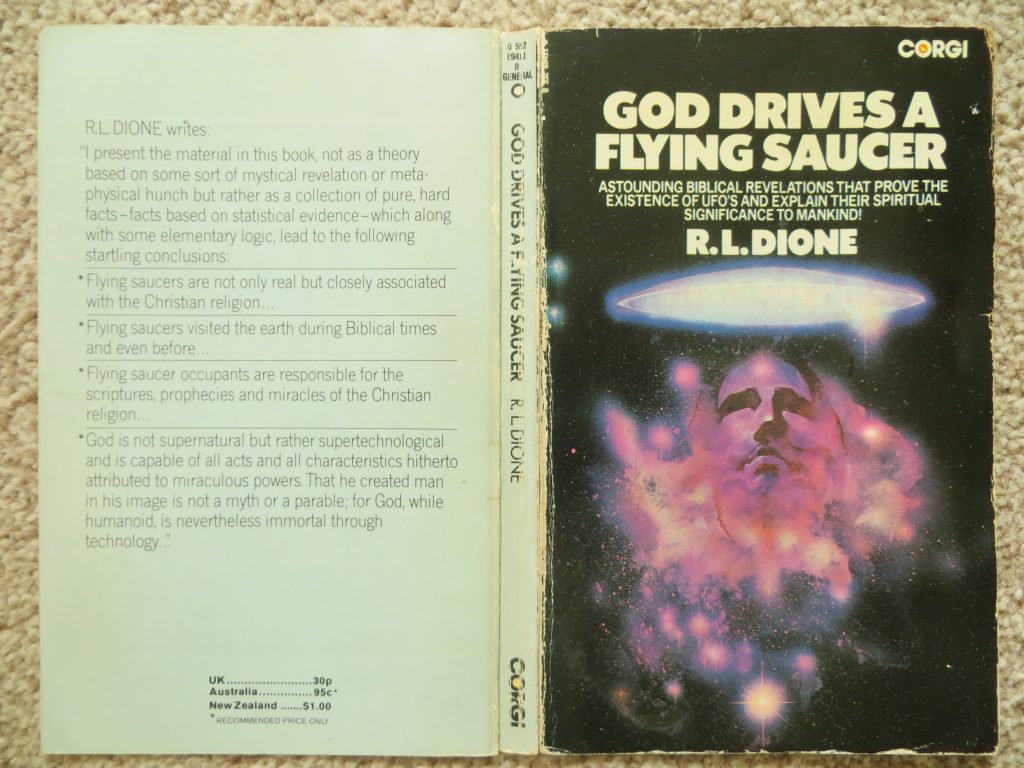 After that, the cover was cut into front, back and spine, and each of the three pieces glued onto the new hardcover.
After that, the cover was cut into front, back and spine, and each of the three pieces glued onto the new hardcover. 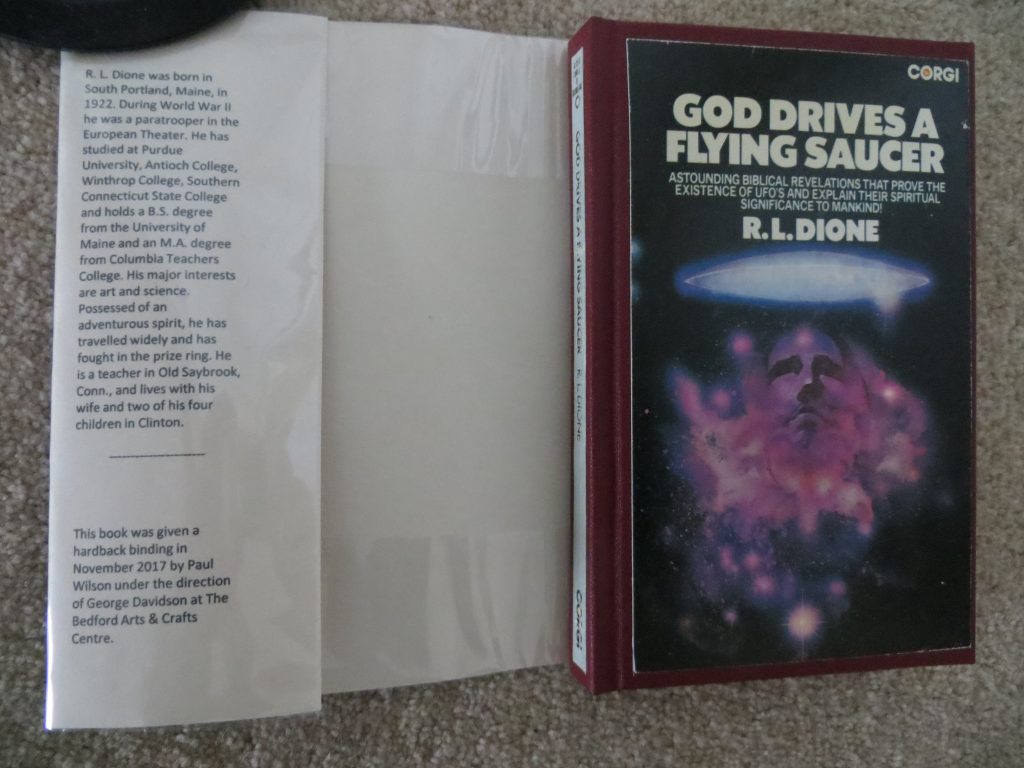 I was able to use inside sleeves of the dust jacket I created in PowerPoint to reproduce summary text about the author and the book which was present on pages at the front and back of the book (see a previous post about how to create and print out dust jackets).
I was able to use inside sleeves of the dust jacket I created in PowerPoint to reproduce summary text about the author and the book which was present on pages at the front and back of the book (see a previous post about how to create and print out dust jackets).
With this experience under my belt, I started on my next paperback – a history of the Kodak UK Rugby Club for which I played a few games in the 1970s. As before, I photographed the cover after removing it, and set about creating the dust jacket in PowerPoint.
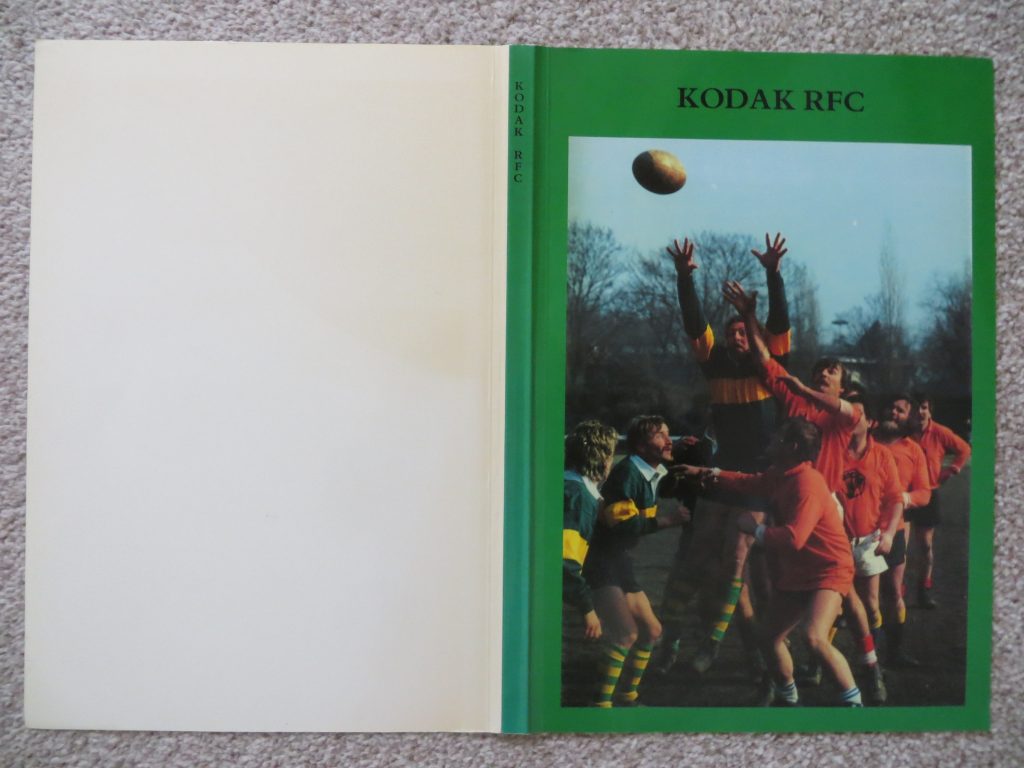 However, this book included no summary text and the back of the cover was blank. I realised that here was a great opportunity to include some additional material from my memento collection. I duly placed copies of the 6 pages of the Club’s December 1976 newsletter on the back cover, and copies of 6 of the selection slips I had received to play in various matches in 1973 on the back inside sleeve. On the front inside sleeve I wrote some words about my rugby playing career and my time with the Kodak Rugby Club.
However, this book included no summary text and the back of the cover was blank. I realised that here was a great opportunity to include some additional material from my memento collection. I duly placed copies of the 6 pages of the Club’s December 1976 newsletter on the back cover, and copies of 6 of the selection slips I had received to play in various matches in 1973 on the back inside sleeve. On the front inside sleeve I wrote some words about my rugby playing career and my time with the Kodak Rugby Club.
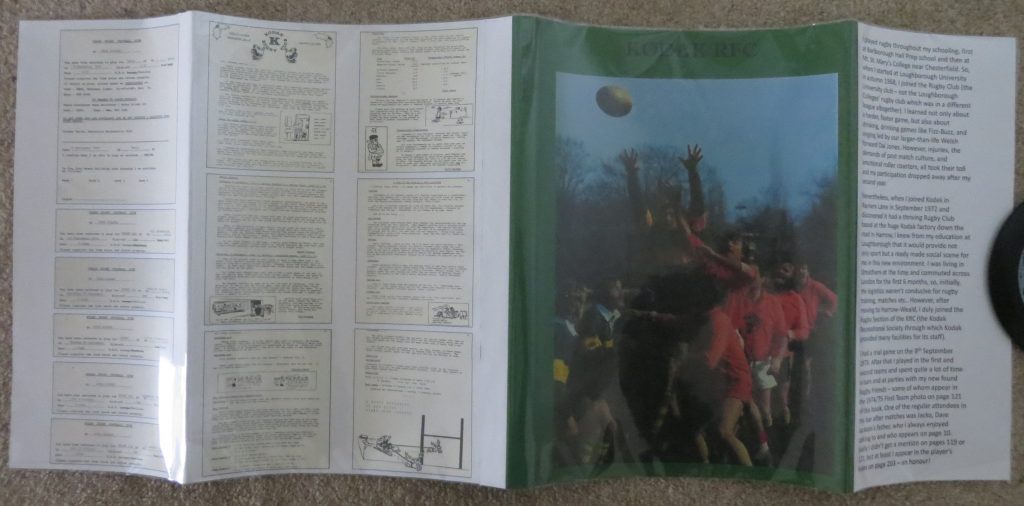 I do like having glossy covers on books, and this experience has convinced me that a dust jacket can offer even more. It can also be a great non-invasive way to include additional personal material which is then much more accessible on a bookshelf rather than trapped away in a folder in a cupboard. Regardless of such additions the books still look great on the bookshelf.
I do like having glossy covers on books, and this experience has convinced me that a dust jacket can offer even more. It can also be a great non-invasive way to include additional personal material which is then much more accessible on a bookshelf rather than trapped away in a folder in a cupboard. Regardless of such additions the books still look great on the bookshelf.

